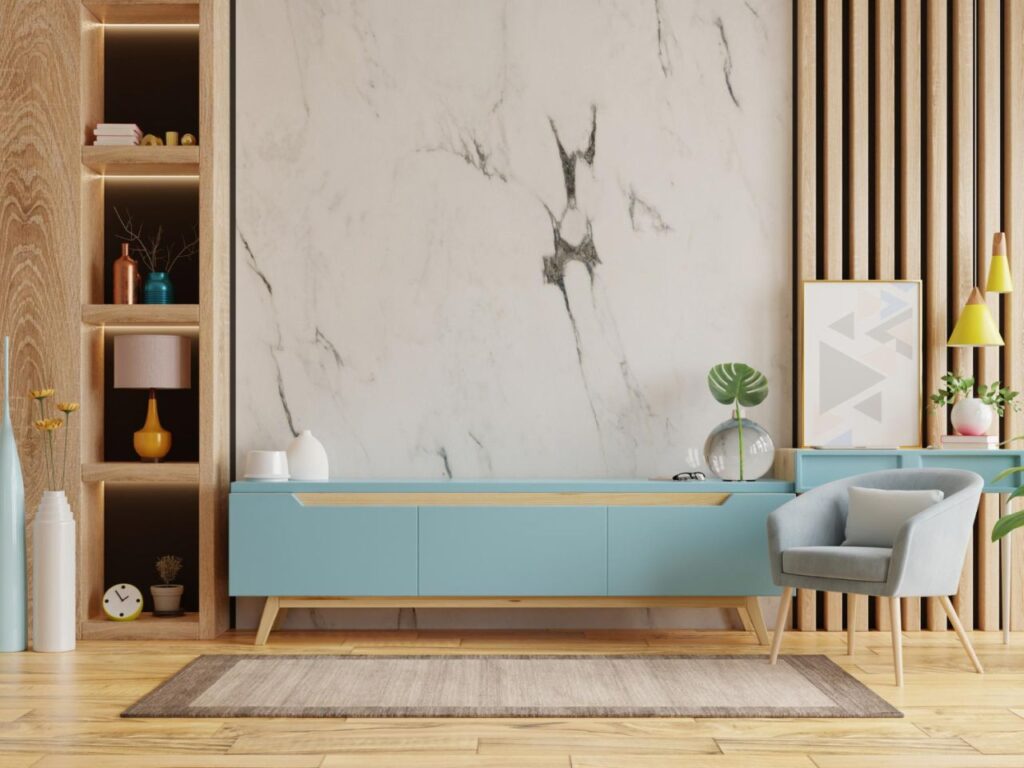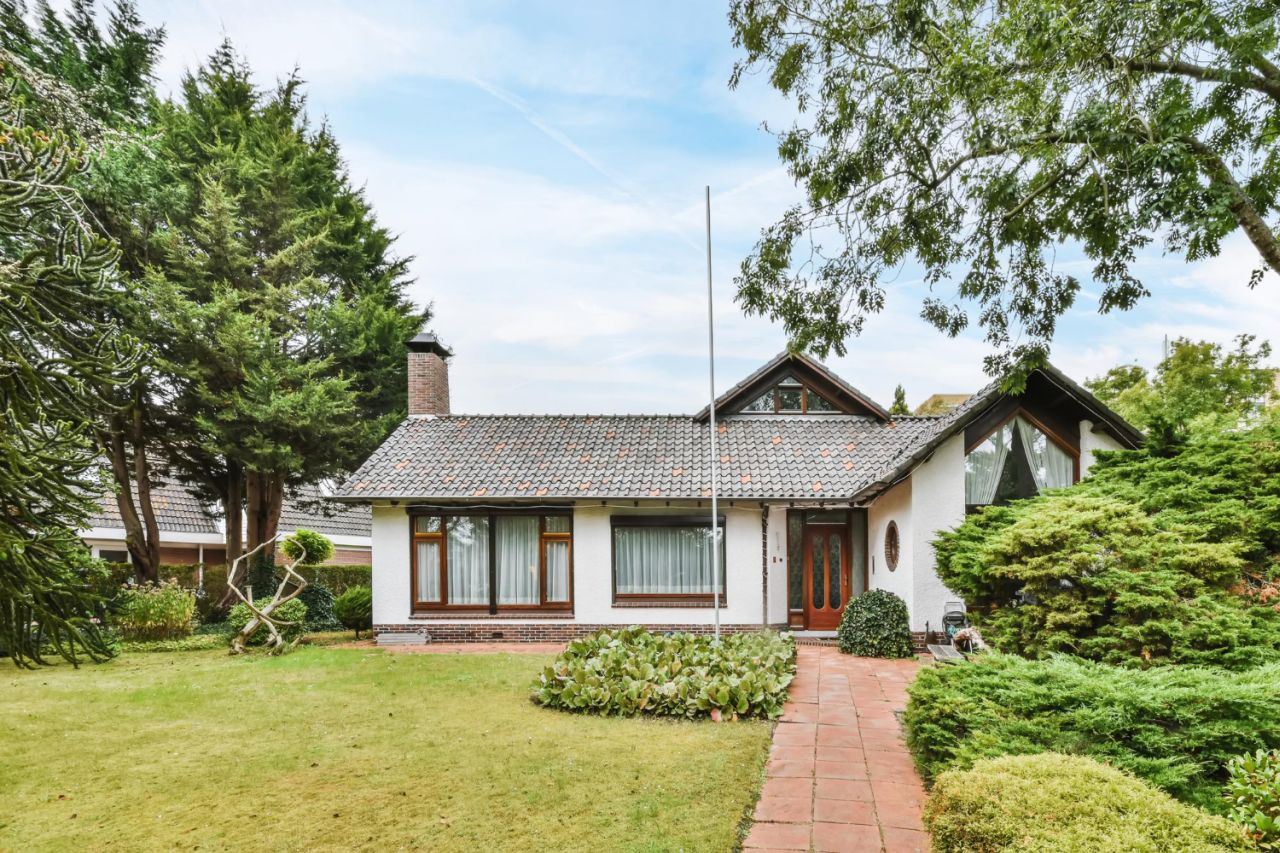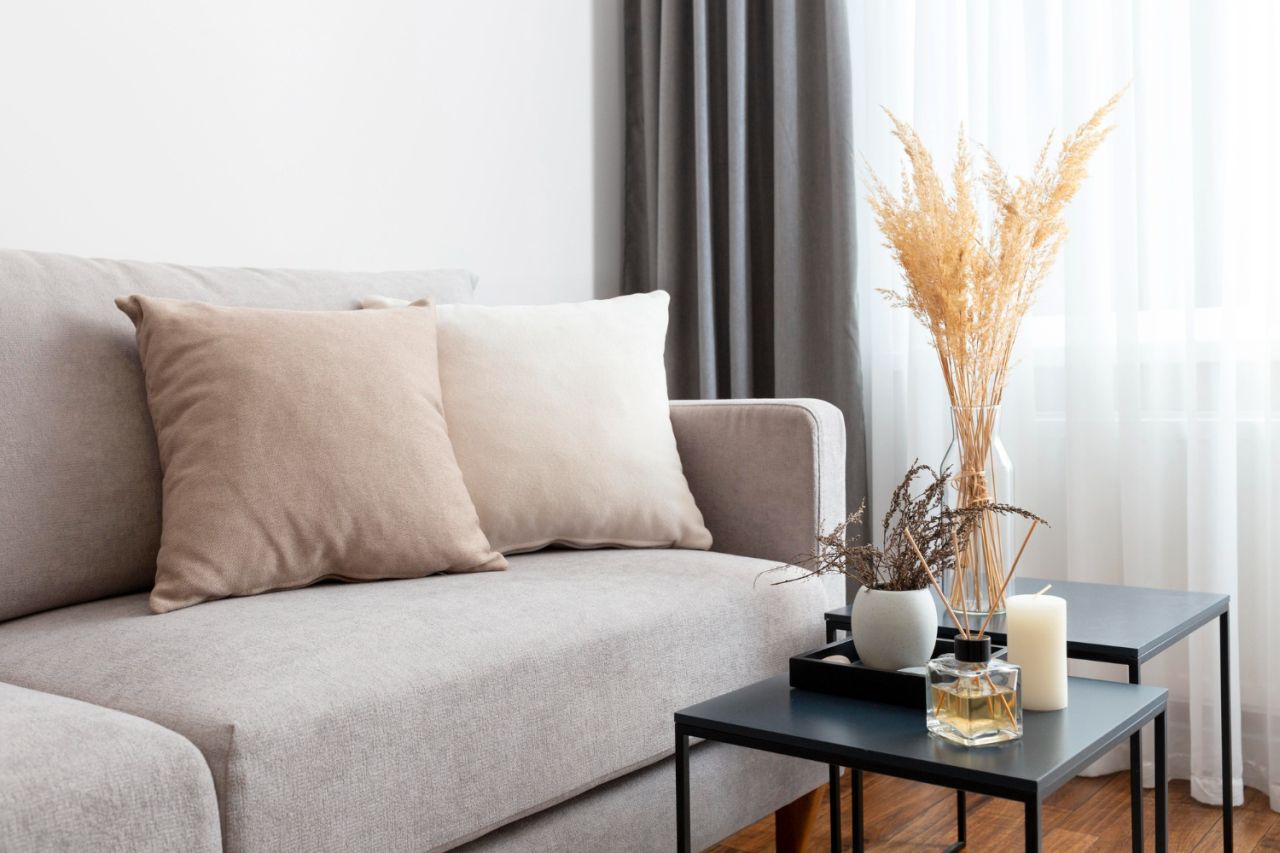You could be interested in learning more about the many architectural styles that are available so that you can make an informed decision when it comes time to purchase a new home.
No need to guess anymore, then! We'll explore a few of the most popular house designs in history here.
If you want to improve your home's kerb appeal, having some idea of its architectural style to work with can be quite helpful.
Adding on to your house or making some changes will help you achieve this goal.
You will also gain an appreciation for the time and effort that went in your home's planning, building, and completion.
You can learn more about the various design details present in the various house plans by consulting this guide to the various house architectural kinds.
If you need help identifying a specific style and design in a building, you can pick up architecture guides from your local library or a larger bookstore. You can locate these tools online.
The best way to rebuild the exterior of your home is to start with the house's original style as a point of departure. However, blending styles can enliven a design in some cases.
Cape Cod Style Houses
Throughout the 1930s, homes built in the Cape Cod design were among the most common. In 1675, it began to take shape as an independent entity.
Cape Cod's architecture is easily identified by its steep roofline, wooden siding, window with multiple panes, or hardwood floors.
Usually, Cape Cod houses only have one story, but sometimes they have two.
Although the early Cape Cod-style homes weren't particularly spacious, their signature dormer windows made up for the lack of square footage in other ways.
If you need more space, you can add on to your Cape Cod home from the side or the back, depending on the topography.
Many of the first-generation Cape Cod houses lacked a finished second-floor living area, so you might find that the loft is unfinished or has recently been remodelled and can be easily adapted to your needs.
Houses with a Colonial Flair
Dating all the way back to 1876, the colonial style is one of the most widespread and popular residential architectural types in the United States.
Typical elements of colonial-style dwellings include fireplaces, brick and wood exteriors, and two to three stories.
Traditional Colonial-style homes often have the kitchen and family room on the ground floor, with the bedrooms on the second level.
A Colonial home can have an addition added to it quite easily either the back or the side. Siding materials that complement a brick façade can be difficult to acquire, but a builder and designer can help.
Finding authentic Colonial design pieces like divided-light windows online can help you create a seamless transition from the interior to the exterior of your home.
Architecture from the Victorian Era
Queen Anne is one of the many unique architectural styles associated with the Victorian era, which lasted roughly from 1860 to 1900.
People throughout the Victorian era favoured elaborate, personalised, and romantic dwellings.
That went for the home's decor as a whole, down to the tiniest detail, such as the colour and texture of a pillow.
A modern take on the Victorian home style retains the original design's hallmarks while updating them with fresh finishes, colours, and patterns.
You may really show off your skill in blending modern and traditional design in these dwellings.
These roofs of Victorian homes are characterised by their steep slope, front-facing gable, decorative shingles, and projecting bay windows.
Additionally, Victorian-style homes generally include an asymmetrical facade and a front porch that spans a significant portion or the entire width of the house.
Mansions in the Tudor Architectural Style
Given its name, one may assume this style is heavily influenced by the early 16th-century Tudor dynasty's architectural preferences.
However, modern-day interpretations of a variety of architectural late Medieval English prototypes have resulted in the Tudor-style homes we see today.
Tudor-style homes are easily identified by their distinctive steeply sloping roofs, prominent cross gables, elaborate half-timbering, and tall, wide windows with small panes. Decorative half-timbering is another typical feature of Tudor architecture.
Exaggerate the Tudor Era
It makes no difference what kind of house you have; what counts is how it looks from the street.
The video below will show you how and where to give your house the classic appearance of a Tudor by implementing some of these unique external features.
Then, use these tips to highlight the varying colours, materials, or textures that define Tudor-style houses.
Traditional American Craftsman Style Architecture
Homesteads constructed in the Arts and Crafts style, such as the Craftsman bungalows, which enjoyed widespread popularity from 1905 until the 1930s and is currently enjoying a renaissance.
It is important to visualise the woodwork when imagining the inside of a Craftsman-style home.
Among the distinguishing features of this design is the inside woodworking, which may feature built-in shelving and seating.
Most houses in the Craftsman style have low-slope roofs with large eave overhangs, exposing roof rafters, decorative beams and braces under rooflines, and porches supported on tapered square columns. The rafters, too, are usually left unprotected on an open roof.
Plus, many craftsman bungalows include usable attic space that was never finished, which might be a great opportunity for remodelling. This article will help you make a decision about home building construction. Here at MJS Construction Group, we’re committed.
Craftsman-Ize it
There is a great deal of potential that has not yet been realised in Craftsman-style homes.
Hopefully, you'll be able to use these suggestions for kerb appeal to bring out your home's stunning Craftsman style. The kerb appeal of your front lawn and patio will skyrocket.
Modular Cottages
Cottages like the ones we know and love today were popular in the United States because mediaeval architectural styles popular in the English countryside served as an inspiration for American architects.
With its steep roof pitches with cross gables, arched entrances, sash windows with small panes, with brick, limestone, or stucco cladding, cottage-style home designs evoke a warm, pastoral atmosphere.
The house is built with these features already integrated in the blueprints.
Properties that Look Like They Belong in the Mediterranean
Low-slung red-tiled roofs, arches, grillwork, and stucco or adobe walls are trademarks of Mediterranean-style homes.
The outdoor area serves as an extension of interior living quarters in traditional Mediterranean floor plans, which are often U-shaped and organised around a central courtyard with a fountain.
Spanish-style houses are known for their use of cross-ventilation and fresh air thanks to the rooms' proximity to either an internal or outside courtyard.
Common Ranch Style Houses
Simple floor designs, attached garages, and functional living quarters are hallmarks of the classic ranch house design.
Although its first appearance was all the way back in 1932, this particular style is still often employed in brand-new buildings.
This was a common style for brand-new homes during the suburban homebuilding boom of the 1950s and 1960s.
Despite their unimpressive or generic exteriors, most ranch-style homes have sizable basements that can be used as habitable space.
The ranch house was the progenitor of the two-story and three-story homes that were popular at the time. Due to its inherent simplicity, ranch-style home plans lend themselves well to alterations in the shape of additions.
Homes with a Modern Flair
The term "contemporary" was first used to designate architect-designed and built homes from the 1950s through the 1970s, it has now expanded to encompass a far broader range of modern housing styles from the past several decades.
Many modern houses feature expansive windows, open layouts, and unique decor.
On the other hand, modern homes often include an interesting juxtaposition of materials and textures on the exterior, as well as exposed roof beams and flat or low-pitched roofs.
Moreover, unnecessary ornateness is usually not found in a property that was built in the modern era.
Remodelling and Extensions
Every house is not built in the same architectural style. Numerous different styles might be found in a single dwelling.
It represents the passing of one era into the next while keeping some features of the previous era, and it may be easily modified to meet the design plan you have in mind.
It's best to stick to a single architectural style while building your home, but you're free to make adjustments as needed to accommodate a growing family.
Once you have a firm grasp on your home's architectural style, you'll be in a much better position to plan out your extension's design.
Curiosity in architecture arises, for instance, from the use of contrasting building materials, the mix of varying window forms in the original house, and the new addition.
Despite being built at different times and using contrasting materials and components, they are all bound together by the use of angles and strong geometry.
Craftsman
The first craftsman-style houses appeared in the early 20th century, at the height of the Movement for Arts and Crafts.
These homes' design prioritises the use of organic-looking materials and motifs.
Most houses have many built-ins, geometric stained glass, or woodwork with a natural-toned finish.
Earthy tones like forest green, fiery orange, or natural browns are common in the colour palette of a craftsman-style home.
The artisan style has many offshoots, such as the mission style, the bungalow style, as well as the Stickley style.
Prairie
An inventive architect around the turn of the 20th century, Frank Lloyd Wright is widely regarded as the pioneer of this architectural movement.
The natural surroundings of its residents inspire prairie-style architecture.
There are several examples of handiwork in these houses, such as the built-in furniture, stained glass, and simple woodwork.
Although the Crafts and Crafts movement had a significant impact on this type of architecture, it should not be mistaken for the Craftsman style of home design.
Unfortunately, only a handful of original homes remain, and almost all of them are in the Midwest.
Considering a new project? Then MJS Construction Group builders Melbourne is the answer.
Contemporary
Simply said, "modern architecture" describes the most well-liked styles of building in use right now.
In general, contemporary homes make an effort to harmonise their interior and exterior design to create a smooth transition from one to the other.
The design may be straightforward and unadorned, but it may still have rounded corners.
A large percentage of recently built residences, but also existing ones, are designed in a contemporary style.
Cabin
Log cabins, a style of housing that was brought to North America by European settlers several centuries ago, have a long history.
The origins of this type of architecture can be traced back to the forests, where it was used to create basic, one-room homes.
Modern log cabins are popular as primary dwellings in rural or even suburban locations due to their attractive appearance.
In many instances, logs are utilised to make the outside, or at least the structure is clad in wood as a nod to the traditional method of construction.
Additionally, the outside is basic and the interior is usually quite roomy.
Rowhouse
Row houses, sometimes known as townhouses, are duplexes, triplexes, or fourplexes built side by side, sharing a common wall.
Our nation's largest cities, which frequently have longer and thinner lot proportions than the rest of the country, have made this form of housing extremely popular.
All the row houses in a block may have been constructed and designed by the same architect, giving them a uniform appearance.
Antebellum
Before the American Civil War, the South saw the rise of antebellum architecture, sometimes known as Southern architecture.
The layout was created with both form and function in mind.
Large windows and lofty ceilings, for instance, allowed not just for spectacular visual impact but also for increased airflow within the homes.
And to enjoy the outdoors while staying out of the sun, they built massive covered porches that went all the way around the home.
The spiralling staircase and the slender columns were further notable features.
Even the most modern examples of this style of architecture, which is still widely used throughout the South, including lofty ceilings and roomy porches.
A Royal Remark from Anne, the Queen
The Queen Anne period saw the peak of popularity for this sub-genre of Victorian architecture in the late 1800s. However, the majority of Art Deco buildings in the United States are found in the East.
Queen Anne homes typically have asymmetrical facades that are distinguished by a front gable with overhanging eaves.
In addition, many homes feature a front porch that extends the entire length of the building and even have a balcony just on the second story.
Eastlake
Eastlake, a popular Victorian architectural style, is quite similar to the Queen Anne style. As an added bonus, it first appeared in the 19th century.
It was popularised by British architect Charles Eastlake, who preferred sharper angles and squarer corners to the curvier lines of traditional French styles.
In contrast, other French fashions favour curvier shapes.
Therefore, Eastlake-style homes generally have pillars and railings with elegant, angular forms. Also, latticework appears frequently.
The residences' exterior walls are typically painted in earth tones, while the trim is painted in a lighter colour to make it stand out.
See our list of available builder services melbourne to help you make an informed decision for your treatment.
The Return of the Romanesque
The Romanesque Revival style of architecture was popular in the United States beginning in the 1840s, though it had its genesis in nineteenth-century Britain.
This layout was inspired by the massive stone walls, massive load-bearing columns, and towering arches of Europe's mediaeval architecture.
Some of those elements were simplified, but the core essence was maintained in Romanesque Revival architecture.
Country
"Country houses" and "manor houses" are both common names for the same type of large European residence with extensive grounds.
When the feudal estate was in control, the property around the building belonged to the landowner.
In Europe's feudal system, a manor house (sometimes called a country house) served as the primary residence of the manor's lord.
The manor house also served as the seat of the lord of the mansion and as the site of manorial courts and feasts for the tenants of the manor.
The term "country house" is used today in a considerably broader sense than it did when it was first coined in the late Middle Ages to describe grand mansions for the nobility.
Farmhouse
A farmhouse is the predominant dwelling in many rural or agricultural areas.
Historically, this structure was often connected to a stable holding horses and was hence called a horse barn.
In addition, a courtyard can be formed when multiple barns are attached to a single home.
These days, farmhouses are more popular than ever; this is proof that the classic design has endured over the years.
The most distinguishing characteristic of this architectural style is the wraparound porch found at the front or back of the house.
The roof of the house often has a steep slope that runs the length of the building and may or may have decorative features like gables and dormers.
Additional exterior features like horizontal siding & shutters round out the package.
Log
A log house, often known as a log cabin, is a typical style of home that is built from unmalted barley logs and shares the same fundamental framework.
The term "log cabin" is no longer often used by today's construction industry. Most often, this would apply to smaller, one-of-a-kind homes like hunting cabins and summer cottages that are constructed from rustic logs.
FAQs About Architectural Styles Of Homes
"Conventional" styling means that it fits the well-established norms in the most Western world.
An architectural style is characterised by the features that make a building or other structure notable and historically identifiable. For example, a style may include form, method of construction, building materials, and regional character.
Contemporary architecture essentially refers to the current style of architecture. So, according to current trends, a house built this year would be considered contemporary architecture.
While you might not be surprised to learn that ranch homes are the national favourite, with 34 states claiming them as most popular, you may not have expected them to beat out the second-favourite style by more than double (modern homes are most popular in only 15 states).
Contemporary architecture essentially refers to the current style of architecture. For example, a house built this year according to current trends would be considered contemporary architecture.




